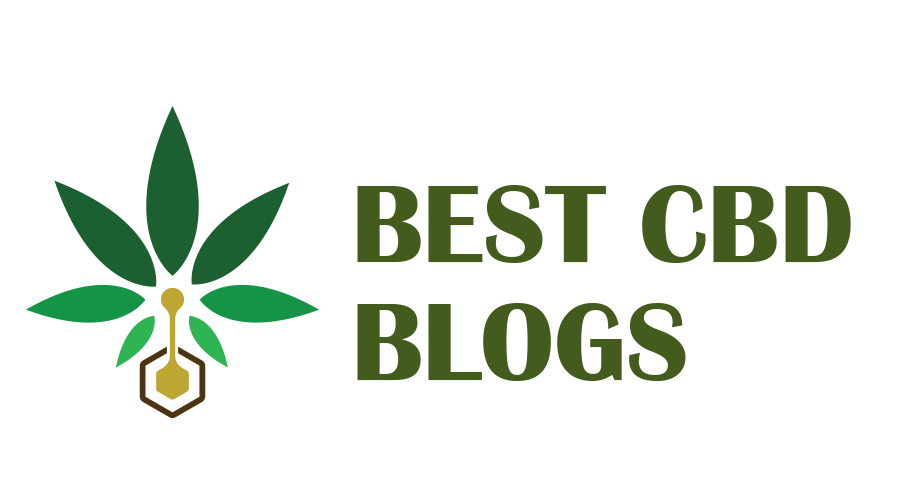Cocaine is a powerful stimulant that has garnered significant attention due to its recreational use. However, it is important to acknowledge that pure cocaine has historically demonstrated potential therapeutic benefits. In this comprehensive article, we will delve into the medicinal uses of pure cocaine, its historical significance, and the current state of research surrounding its therapeutic applications. It is crucial to note that the discussion here is purely for informational purposes and does not encourage or endorse the recreational or illegal use of cocaine.
Historical Perspective and Cultural Significance
Cocaine has a rich historical background and cultural significance, dating back centuries. Indigenous South American tribes have long used the coca plant, from which cocaine is derived, for medicinal and ritualistic purposes. Its stimulating properties were recognized and utilized for increased energy, pain relief, and mood elevation. Early medical practitioners also experimented with cocaine for various ailments, including as a local anesthetic.
Local Anesthetic Properties
One of the most well-known medicinal applications of pure cocaine is its use as a local anesthetic. In the late 19th century, cocaine’s anesthetic properties were discovered, and it became widely used in dental and surgical procedures. It provided effective pain relief and local numbing effects, but due to its addictive nature and potential adverse effects, its use as a local anesthetic has significantly diminished over time. Such usage has become so popular that one can buy pure cocaine online, something that was unthinkable a few years ago.
Ophthalmology and Eye Surgery
Cocaine has found niche applications in ophthalmology due to its vasoconstrictive properties. It can be used as a topical anesthetic to numb the eye before procedures or to reduce eye surface bleeding during surgery. However, its usage is strictly controlled and limited to specific circumstances under the supervision of medical professionals.
Nasal and Sinus Procedures
Pure cocaine has been utilized as a vasoconstrictor and local anesthetic in certain nasal and sinus procedures. It helps to reduce bleeding, swelling, and discomfort during interventions such as nasal surgeries or endoscopic sinus procedures. However, alternative medications and anesthetics have largely replaced cocaine due to its addictive potential and potential side effects.
Research on Addiction Treatment
While cocaine addiction is a significant societal concern, research has explored the potential therapeutic applications of pure cocaine in addiction treatment. Some studies have investigated the use of controlled doses of cocaine as part of cognitive-behavioral therapy programs, with the aim of diminishing cravings and breaking addictive patterns. However, the potential risks and ethical considerations surrounding this approach require further examination.
Medical Ethics and Safety Concerns
The medicinal use of pure cocaine is subject to stringent regulations and ethical considerations. Due to its highly addictive nature and potential for abuse, strict controls and supervision are necessary to prevent misuse. The potential for adverse effects, including cardiovascular complications, psychological dependence, and overdose, further highlights the need for cautious and responsible administration.
Current Legal Status and Regulations
In most countries, the legal status of cocaine strictly prohibits its uncontrolled use, limiting its medicinal applications to very specific contexts under the guidance of licensed medical professionals. The regulations are in place to safeguard public health and prevent the misuse and diversion of this potent substance.
Future Directions and Conclusion
The future of medicinal cocaine lies in continued research and exploration of its therapeutic potential. While its historical use and specific medical applications are acknowledged, the potential risks and drawbacks associated with its use necessitate caution. Ongoing scientific investigations may shed light on new therapeutic approaches or alternative medications that can replicate the beneficial effects of pure cocaine without the inherent risks and challenges it presents.
Conclusion
In conclusion, the historical significance of pure cocaine in medicinal applications, particularly as a local anesthetic, cannot be overlooked. While its use has become limited due to concerns surrounding addiction and potential drawbacks, ongoing research and exploration hold promise for alternative therapies that can provide similar benefits.
The future of medicinal cocaine lies in the development of safer and more effective treatment options that can deliver the desired outcomes without the associated risks. By focusing on responsible medical practices and fostering advancements in the field, we can continue to explore the potential of pure cocaine in addressing specific medical needs.


